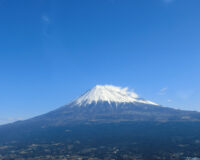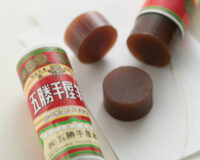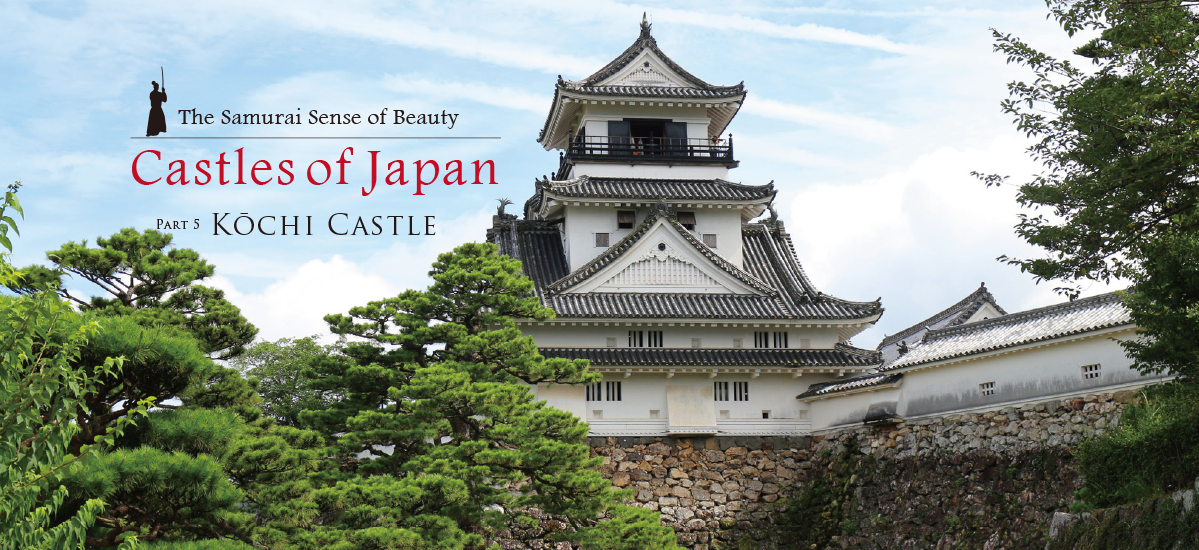
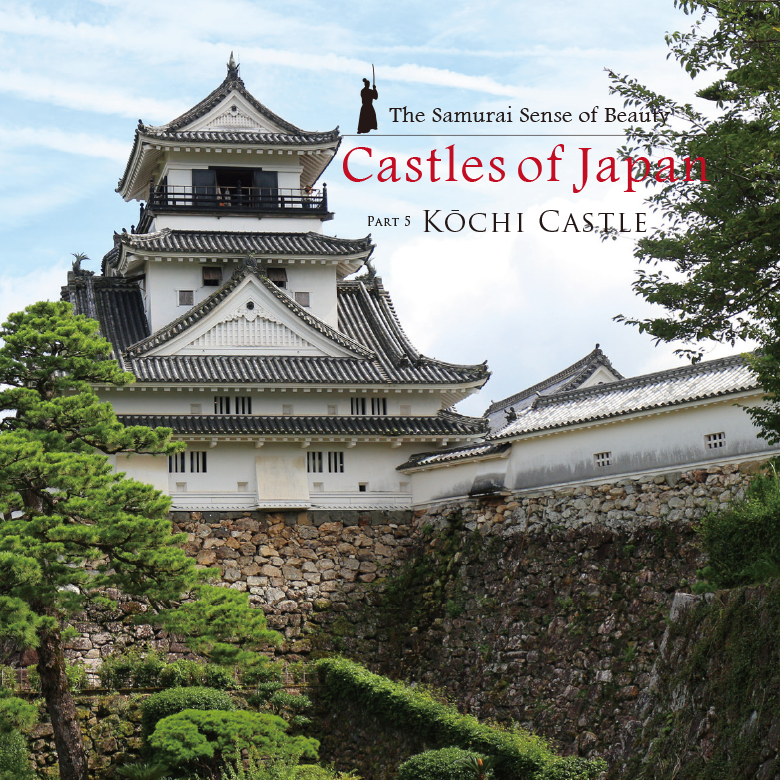
There once was a time when tens of thousands of castles stood proudly in Japan. Most of those historical edifices have long since been destroyed, and many that now remain are reconstructions or replicas of what used to be. In the entire country, only twelve castles remain as they were when they were built. The sight of these beautiful original castles strikes a chord in the hearts of all who see them.
This time we visit Kōchi Castle, in Kōchi City, on the island of Shikoku.
Text : 中澤浩明 Hiroaki Nakazawa / English Version : Judy Evans
Keyword : Samurai / Japanese Castles / Kōchi Prefecture / Kōchi Castle / Kōchi City / Castles of Japan Series
The Renowned Castle of Old Tosa Province
In the peace that ensued after the 1600 Battle of Sekigahara, the Tokugawa clan entrusted the governance of Tosa Province (modern-day Kōchi Prefecture in Shikoku) to Yamauchi Katsutoyo, who completed the construction of Kōchi Castle in 1611. The grey tiled roof and white plastered walls resemble the wings of a hawk, earning the castle the nickname “Taka-jō”, or “Hawk Castle”.Kōchi Castle was constructed atop Ōtakasa-yama, a hill located between the Kagami and Enokuchi Rivers. The natural topography of the hill’s terraces was incorporated into the castle design, with moats and earthen walls at the base and the sannomaru (third enclosure) on a terrace part-way up the hill. The summit of the hill has two peaks, with the honmaru (main enclosure) situated on one peak and the ninomaru (second enclosure) on the other. A bridge connects the honmaru and the ninomaru, a layout known as heikaku-shiki. Most of the castle was destroyed by fire in 1727; the castle tower that stands here today was rebuilt in 1749.
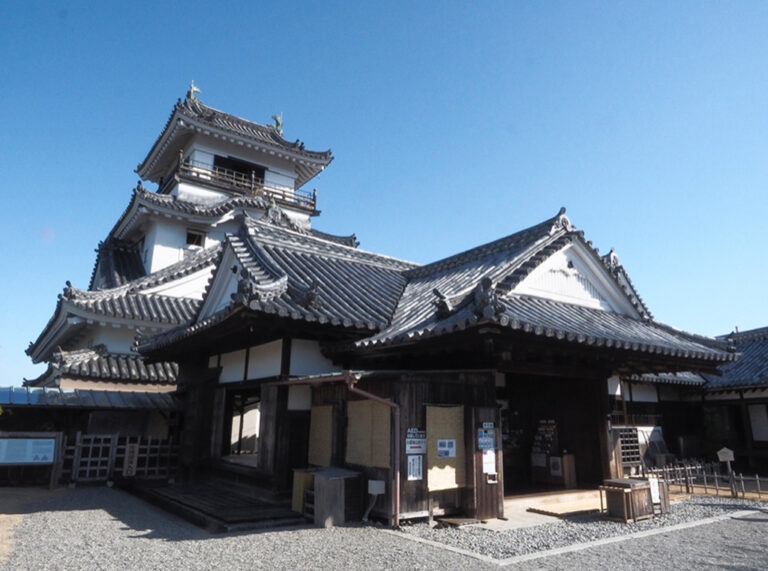
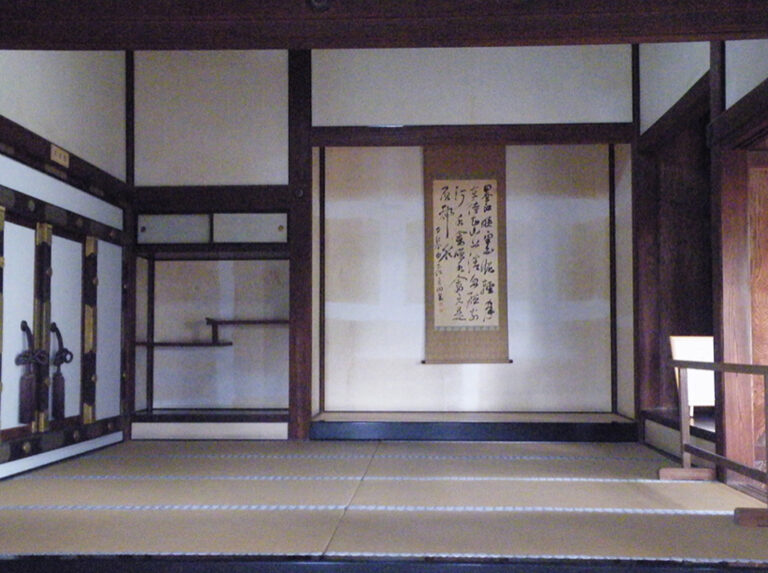
Castle Buildings Intact Since Feudal Times
Kōchi Castle is unique in that it is Japan’s only castle where all the buildings of the honmaru have remained intact since the feudal age. Fifteen of the structures here, including the castle tower and the Honmaru Palace; the huge Ōtemon gate, the black Kurotetsumon gate, and the Tsumemon gate, have been designated as Important Cultural Properties.
The free-standing bōrōgata (watch-tower style) castle tower comprises four tiers containing six floor levels. The white-plastered sōnurigome walls, the grand chidori-hafu gables, and the verandah-style mawari-en encircling the uppermost level are characteristic of the lovely old bōrōgata style of castle architecture, a somewhat old-fashioned style by the time Kōchi Castle was constructed. Yamauchi Katsutoyo is thought to have been influenced by the design of Kakegawa Castle in Shizuoka, where he had previously resided.
Another unique feature of Kōchi Castle is the shinobi-gaeshi spikes protruding from the base of the walls of the castle tower to prevent ninja or other attackers from gaining access into the building. Kōchi Castle tower, also known as the Kanrinkaku, is the only castle tower in Japan that retains these “ninja repellents”.
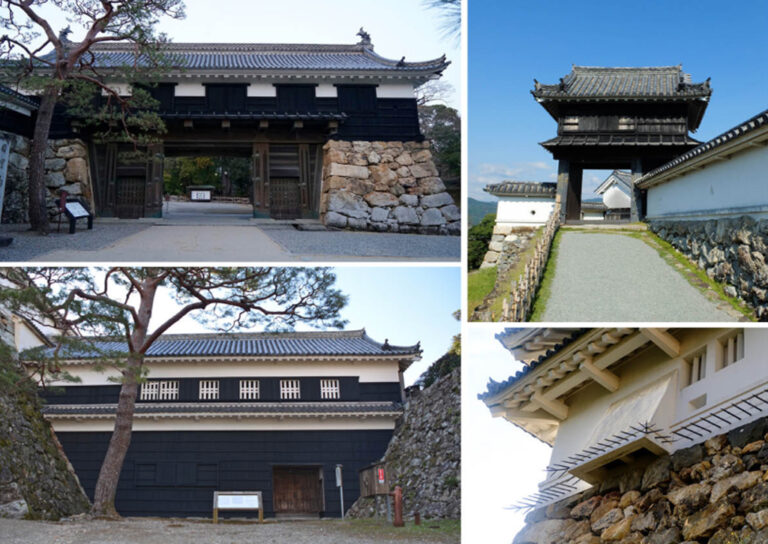
Kōchi Castle (Kōchi-jō)
Alternative name: Taka-jō (Hawk Castle)
Built: 1601 – 1611
Built by: Yamauchi Katsutoyo
Castle type: Hirayama-jiro (flatland hill castle)
Remaining structures: Castle tower, Honmaru Palace, watch towers, gates, stone walls
Admission: Adults 420 yen; under-18s free of charge.
Times: 09:00 – 17:00 (extended during Golden Week and the Yosakoi Festival)
Closed: 26 December – 1 January
Access: 10 minutes by bus from JR Kōchi Station; 5-minute walk from Kochijo tram station on the Tosaden Ino Tram Line.
Contact: Kōchi Castle Administration Office. Tel:088-824-5701



